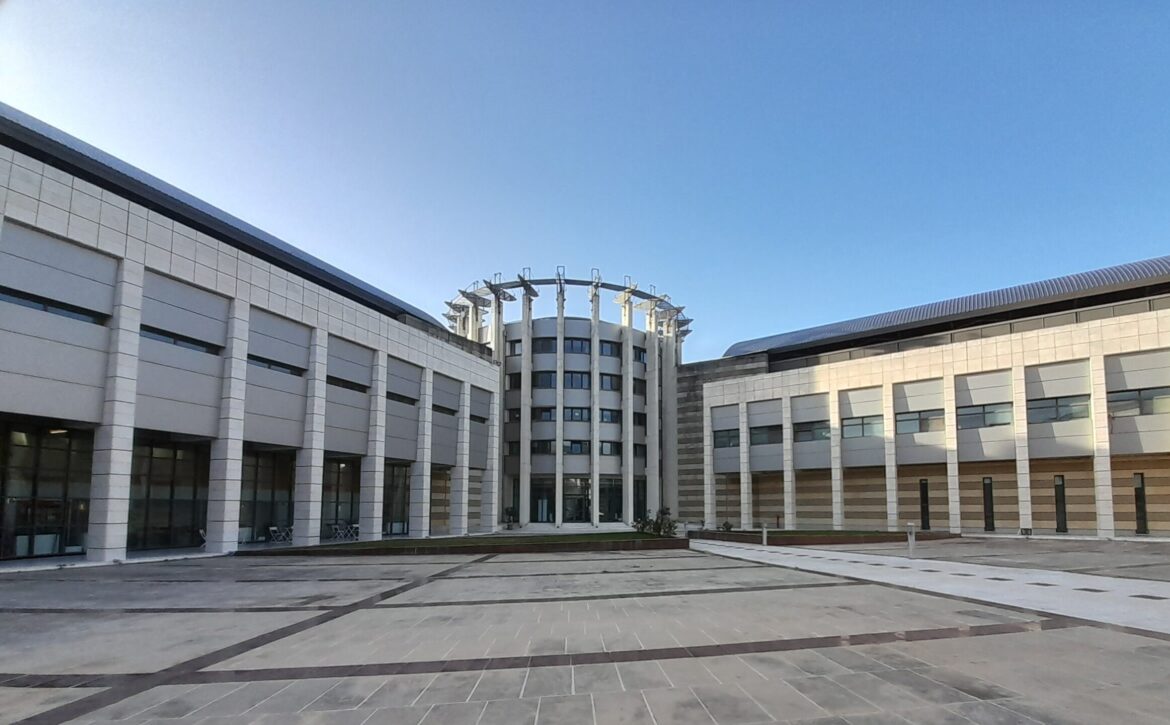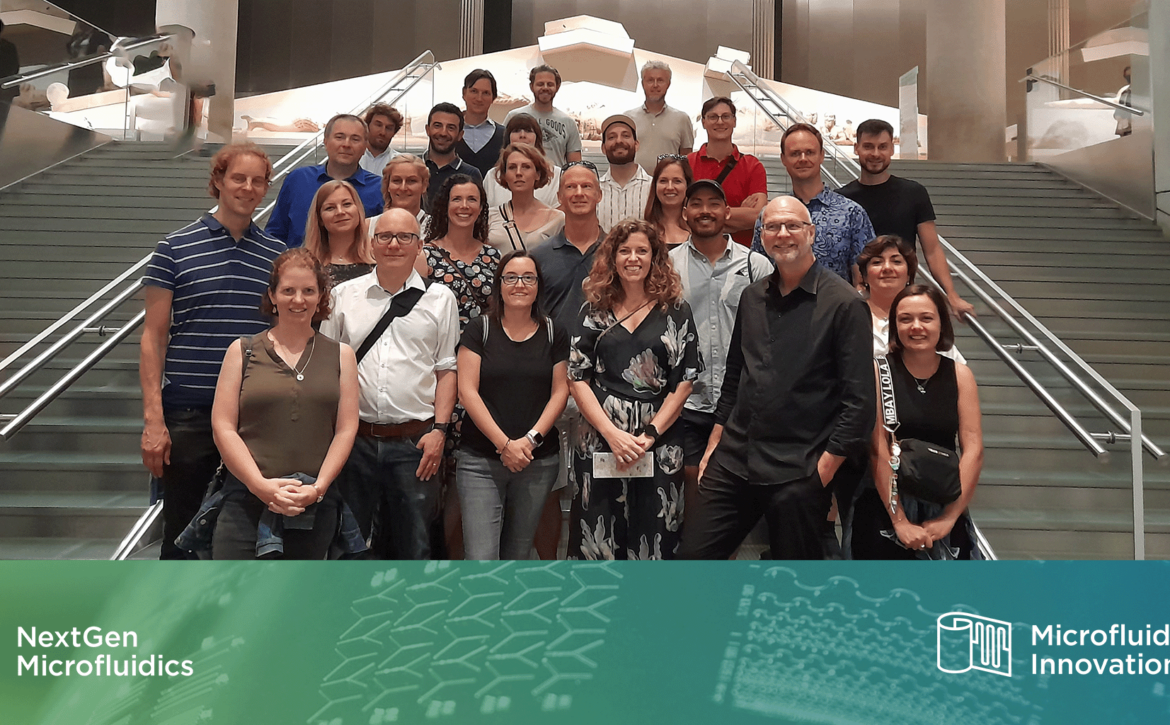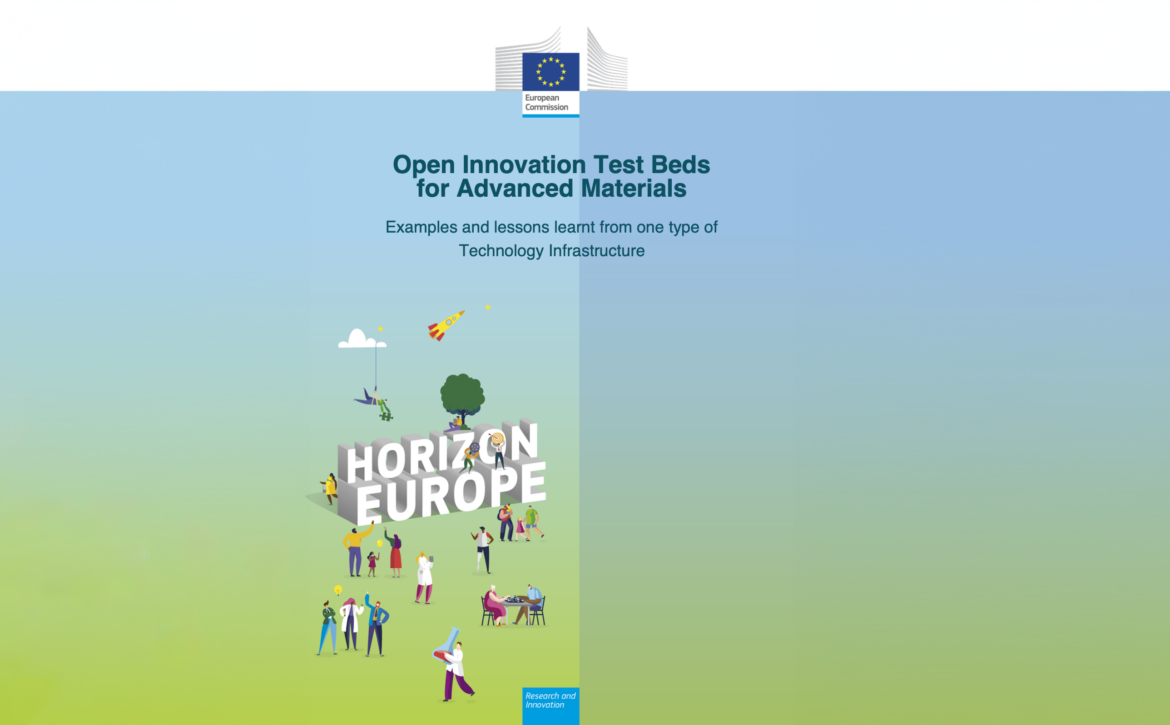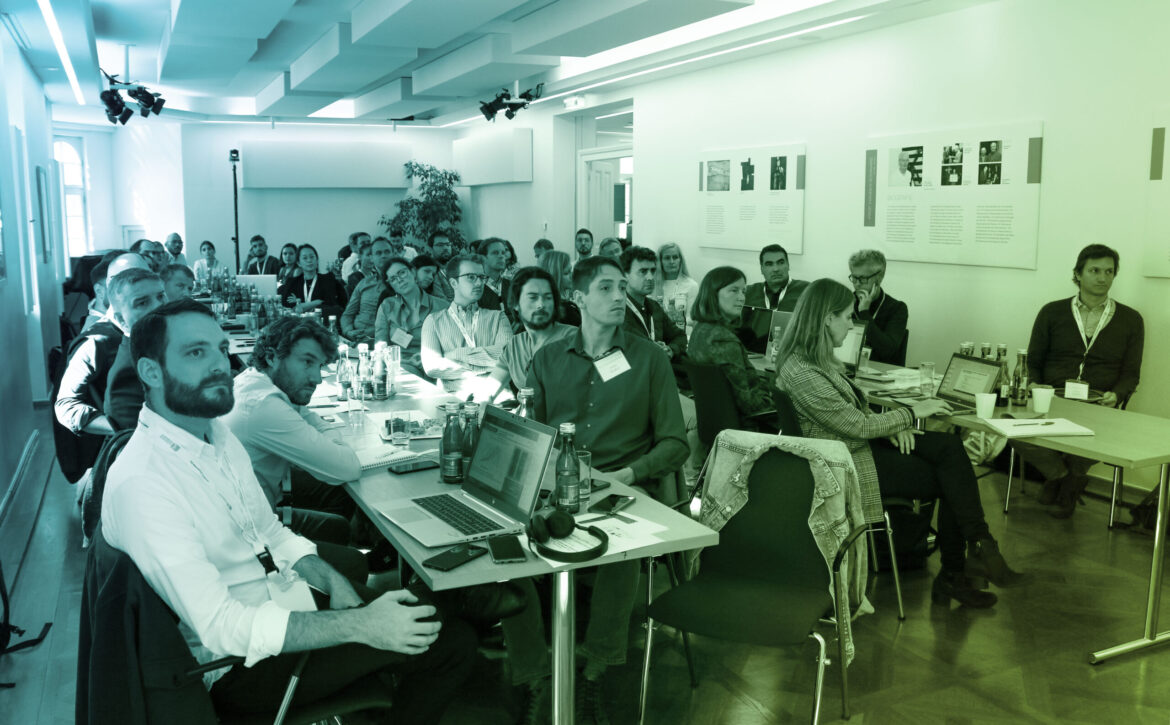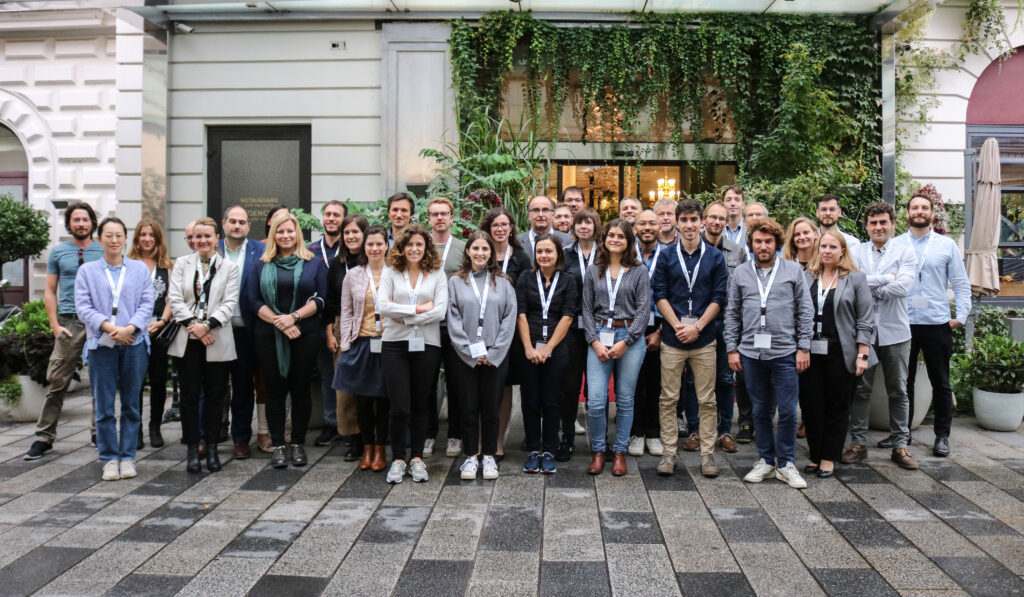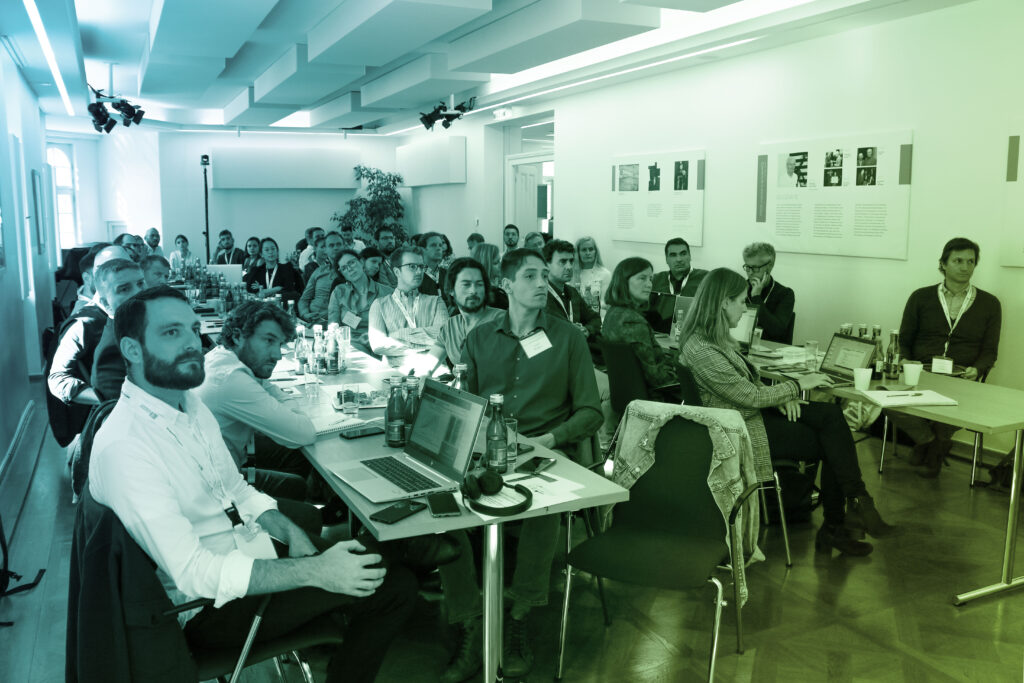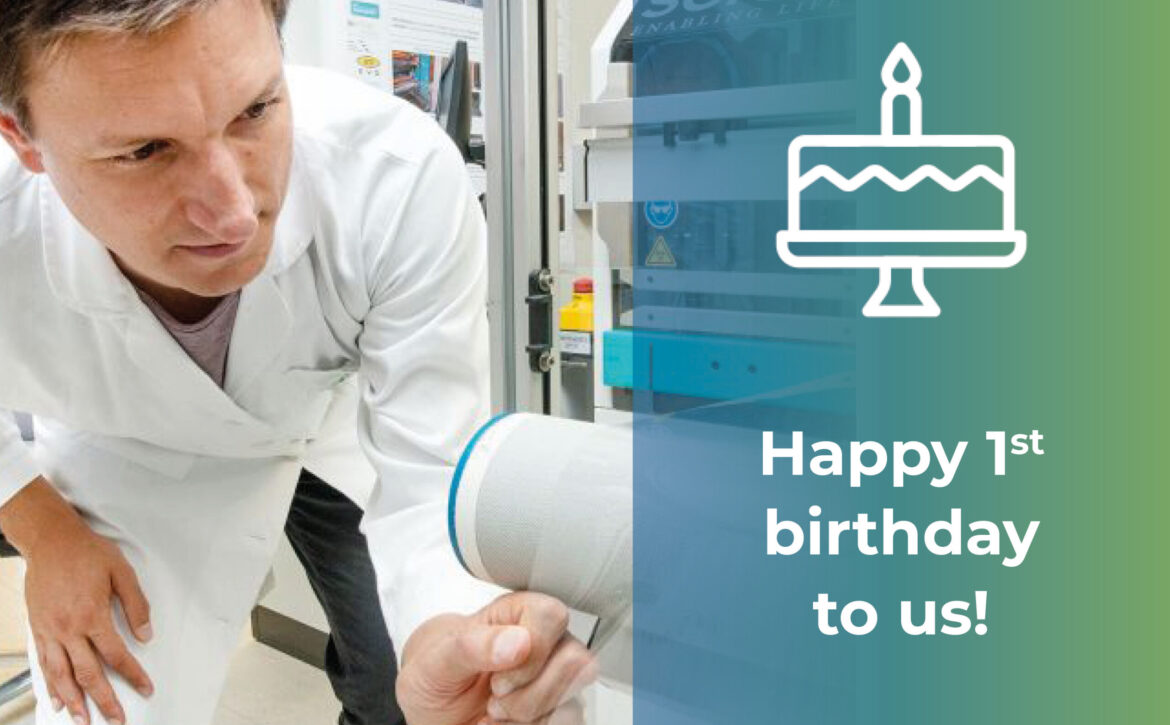NGM tours Applied Biophysics and Functional Nanocoatings Lab at BRFAA
The NGM consortium was privileged to tour the Applied Biophysics and Functional Nanocoatings Lab, led by George Tsekenis, at the Biomedical Research Foundation of the Academy of Athens. Here is a peek into their optimization of biochemical assays based on #aptamers, CD #spectroscopy and Quartz Crystal Microbalance (QCM).
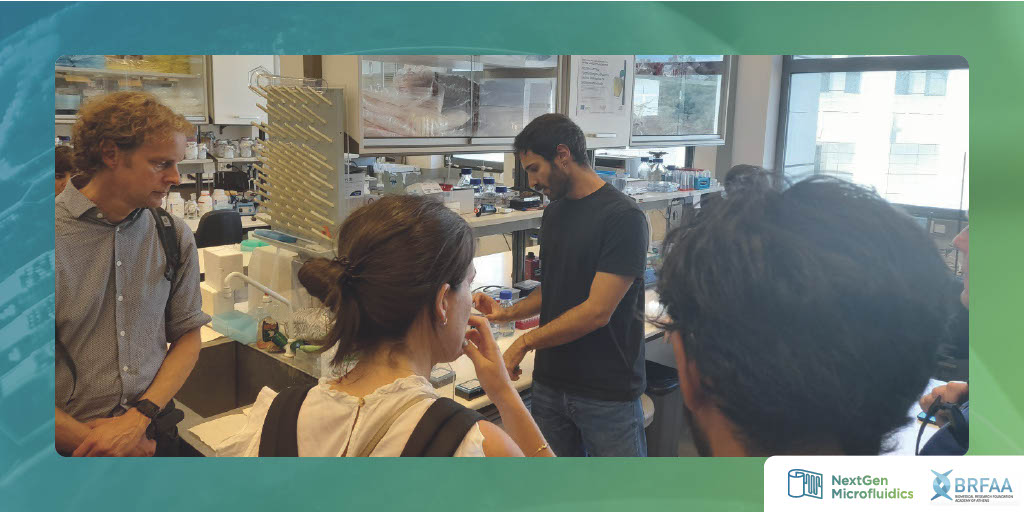
Description of the process flow usually followed at the Applied Biophysics and Functional Nanocoatings laboratory at BRFAA for the development and optimization of a biochemical assay based on aptamers. Aptamers are functional nucleic acids, whose 3D structure allows them to selectively recognize and bind to a target analyte, in pretty much the same way antibodies bind to antigens. Unlike antibodies, aptamers come at a lower cost, while the ease with which they can be modified permits their employment in truly innovative ways.
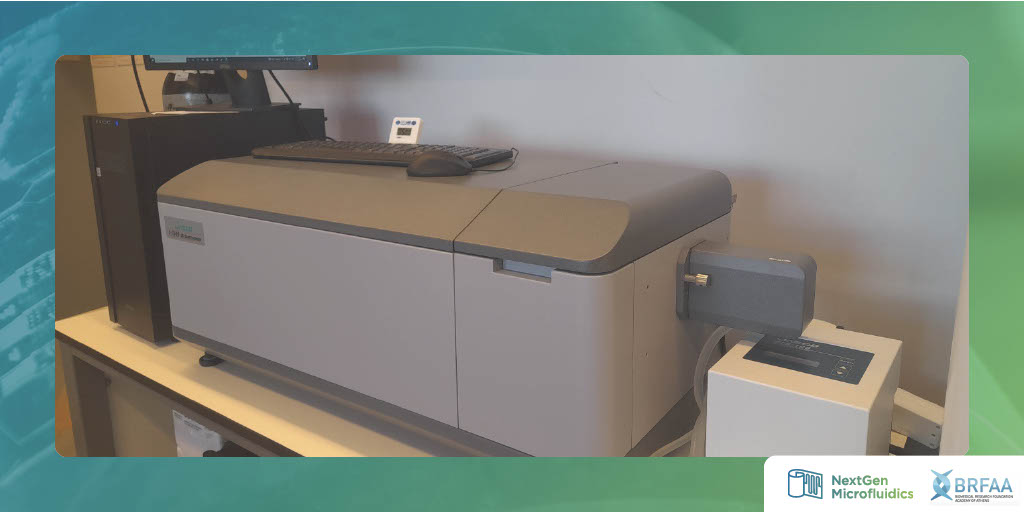
The jewel in the crown of the group’s state-of-the-art Infrastructure, CD spectroscopy allows insights to be gained on the structure of nucleic acids and proteins in solution as well as on their interactions with ligands ranging from metal ions and small organic molecules all the way to large macromolecular complexes. Being able to take a deeper look into a molecule’s shape and the changes induced to it upon interaction with a ligand is key in numerous scientific field and can find a plethora of applications. The Applied Biophysics and Functional Nanocoatings Group has come up with some truly ground-breaking ways to employ CD spectroscopy in the design of biochemical assays based on aptamers as well as in the development of aptamer-decorated nanovectors and drug formulations for personalized medicine.
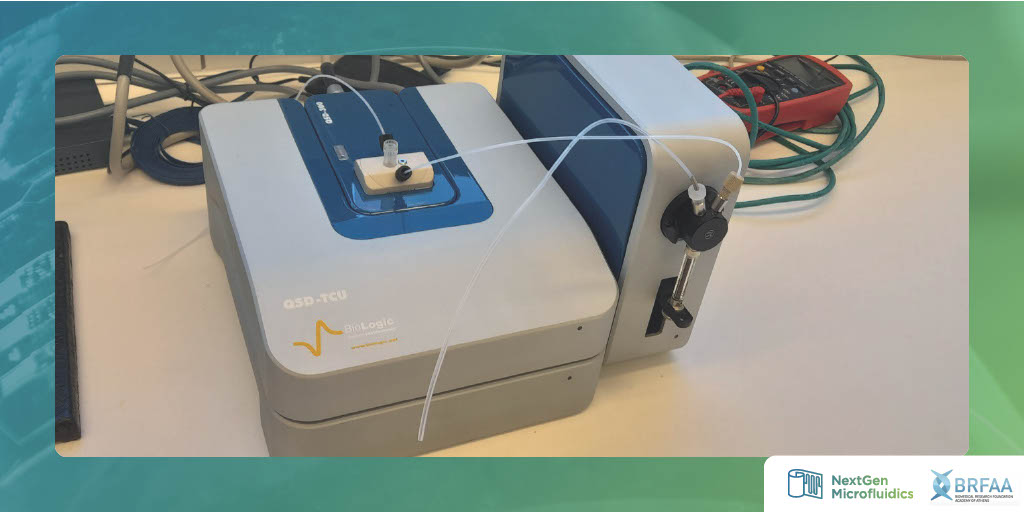
This is a Quartz Crystal Microbalance (QCM), probably the most sensitive balance you’ll ever come across. It’s equipped with gold-plated quartz crystals that oscillate in specific frequencies. Any change taking place atop of the crystal, such as the binding of an analyte to its immobilized receptor, is recorded as a shift in the frequency of oscillation. QCMs are indeed ultrasensitive to mass changes…ultrasensitive meaning capable of measuring the mass of a single bacterium!! What is even more impressive is that data on mass are complemented by information on the surface’s dissipation, or to put it simply, how rigid the surface is. In this way, QCM balances working in dissipation mode can discern the differences between a hydrated polymer layer and one that is dehydrated and compact, or can even go all the way in deciphering the structural rearrangements of a flexible macromolecule, such as those of functional nucleic acids and aptamers. The Applied Biophysics and Functional Nanocoatings group employs the microbalance along with a suite of other highly specialized instruments to design and implement a cornucopia of chemistries for the modification of surfaces, be it planar, structured or even that of nanoparticles, whose common denominator are their applicability irrespectively of the substrate material and their versatility, allowing fine control over the wettability or the fouling of the modified surfaces.
Huge thanks to George Tsekenis and Nikitas Melios from BRFAA for the tour and demonstrations!
